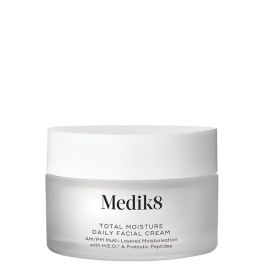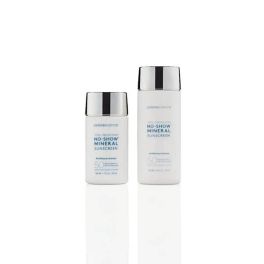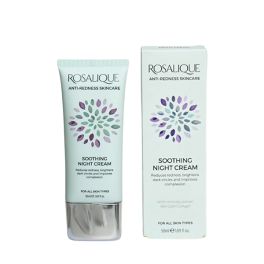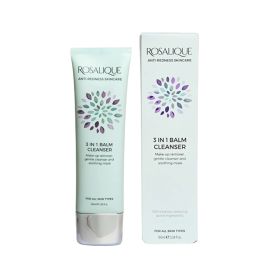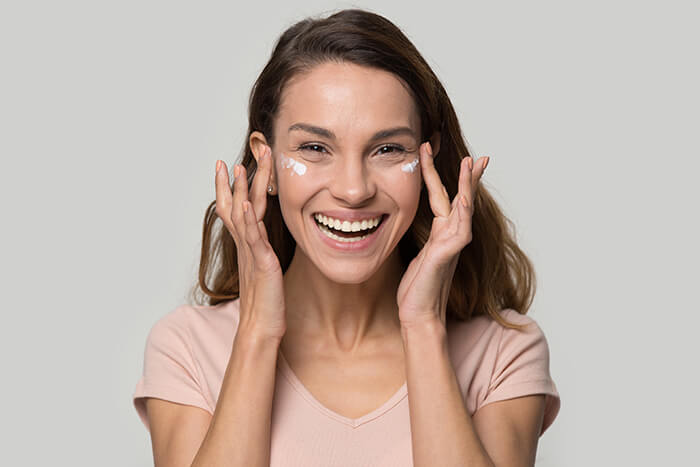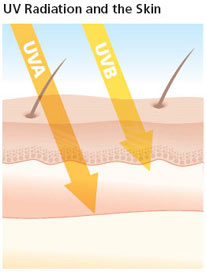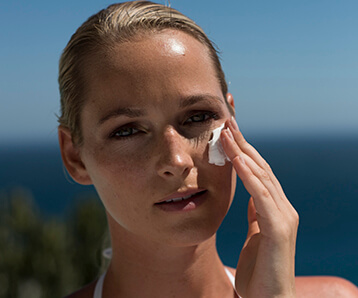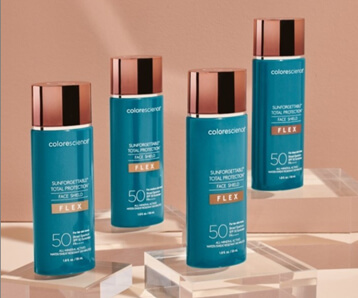All Your SPF Questions Answered Posted on 23 May 2022
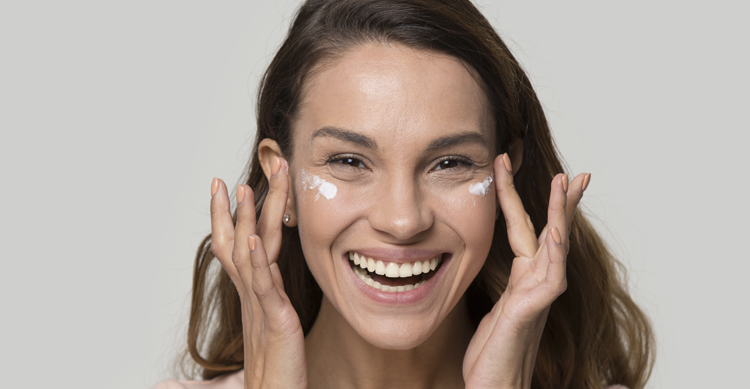
Protect your skin from the sun all year round, and you will be rewarded with healthier and younger-looking skin for your lifetime.
SPF is Key
We recommend daily sunscreen use and diligent reapplication to protect your skin from:
- Fine lines & wrinkles
- Free radical damage
- Hyperpigmentation
- Skin barrier damage
- Skin cancer
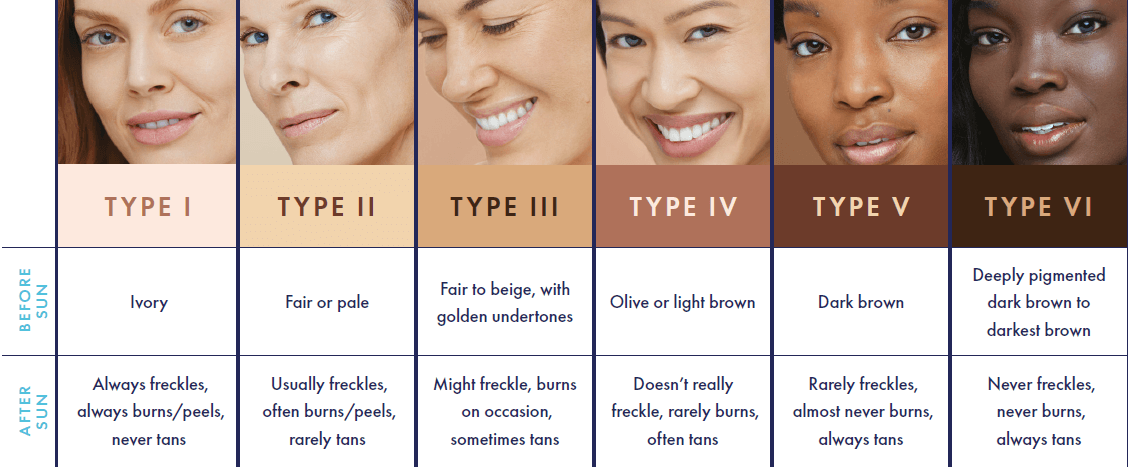
What's the difference between UVA & UVB rays?
UVA is linked to cell aging and long-term skin damage and is implicated in some skin cancers but is thought not to be as harmful as UVB.
UVB causes sunburn and direct damage to our cells' DNA and is thought to cause most types of skin cancer.
What is an SPF rating?
SPF stands for sun protection factor, but it specifically indicates protection against the ultraviolet B (UVB) rays that cause sunburn. The sun protection factor (SPF) gives an indication of the length of time it will take for UVB rays to redden your skin when you use a sun protection product compared to if the skin had no SPF on it.
This SPF number (rating) gives an idea of how long you can stay in the sun without burning.
Imagine that your skin normally begins to burn after 10 minutes in full sun without any protection. An SPF 30 sunscreen would provide 30 times the protection of no sunscreen.
That means 30 times longer before you start to burn, or in this case, 300 minutes. That's five hours, so one application should do it for the day, right? No! You should be re-applying sunscreen every one to two hours when outdoors, especially if swimming or sweating a lot. Even if the sunscreen has a SPF of 100, claims to be sweatproof and waterproof, and provides all-day protection, it needs to be re-applied to provide optimal protection."
Proper and repeated application is more important. Re-applying sunscreen does not start the clock over. More sunscreen just replaces what has worn off, rather than adding on more hours of protection.
What is the difference between physical and chemical sunscreens?
How much sunscreen should we be applying?
Dermatologists recommend that sunscreen is applied half an hour before going outside.
To protect the full face and neck (& ears) is 2 full finger lengths of product.
5ml (approximately 1 teaspoon full) for each arm, leg, body front, body back.
That equates to a total of 35ml (approximately 7 teaspoons full) for a full-body application.
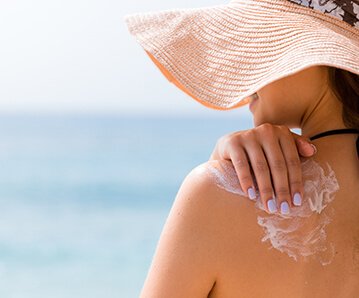
How often do you really need to reapply?
At least every 2 hours during the summer months when you are spending prolonged periods of time outside with indirect exposure to the sun. If you've been swimming, sweating or towel drying, reapply after 80 minutes (40 minutes for mineral spf). There is less need to re-apply sunscreen outside of the summer months.
How do I wear sunscreen with makeup?
Apply tinted sunscreen as a primer after your moisturiser for a healthy, luminous glow.
Is Hair vulnerable to the sun too?
Sun damage can come in the forms of discoloration, dry and brittle strands, broken or split ends, thinning and frizziness,
Hair products with UV protecting agents are beneficial, but it’s even better to wear a hat too.
COOLA Scalp & Hair Mist Sunscreen SPF 30
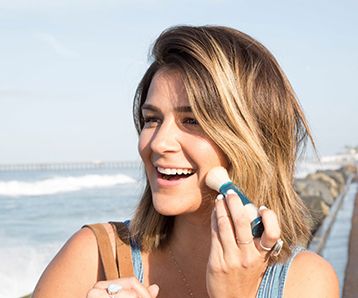
How do I reapply sunscreen during the day over makeup?
Mineral powder sunscreen or sunscreen spray mists are great ways to top up your protection throughout the day.
Blog - 5 Ways To Top Up Your SPF On The Go
Should sunscreen be used with a daytime moisturiser or can it be used in place of one?
Advanced sunscreens offer a lot more than just UVA & UVB protection, so yes a good SPF product could be used in place of a moisturiser.
It would obviously depend on your skin type. If you had an oilier skin then you could just use sunscreen alone. For drier skin you would need to use a moisturiser or a Hyaluronic Acid serum underneath.
SHOP DAYTIME MOISTURISER WITH SPF
I’ve got blemish-prone skin, could it make my breakouts worse?
Everyone needs to apply sunscreen even if you have acne and oily prone skin.
Choose an oil-free, light lotion or gel formulation sunscreen. You can also consider a mineral/physical sunscreen as these are generally lighter and non-comedogenic.
Can sunscreen be used during pregnancy?
Of course, it is important for everyone to apply sunscreen.
During pregnancy, due to increased hormones, your skin is prone to becoming super sensitive to UV light which can cause hyperpigmentation, so SPF is a must!
BLOG - Experts Guide To Choosing The Right SPF
Wear your sun protection... and wear it daily!













